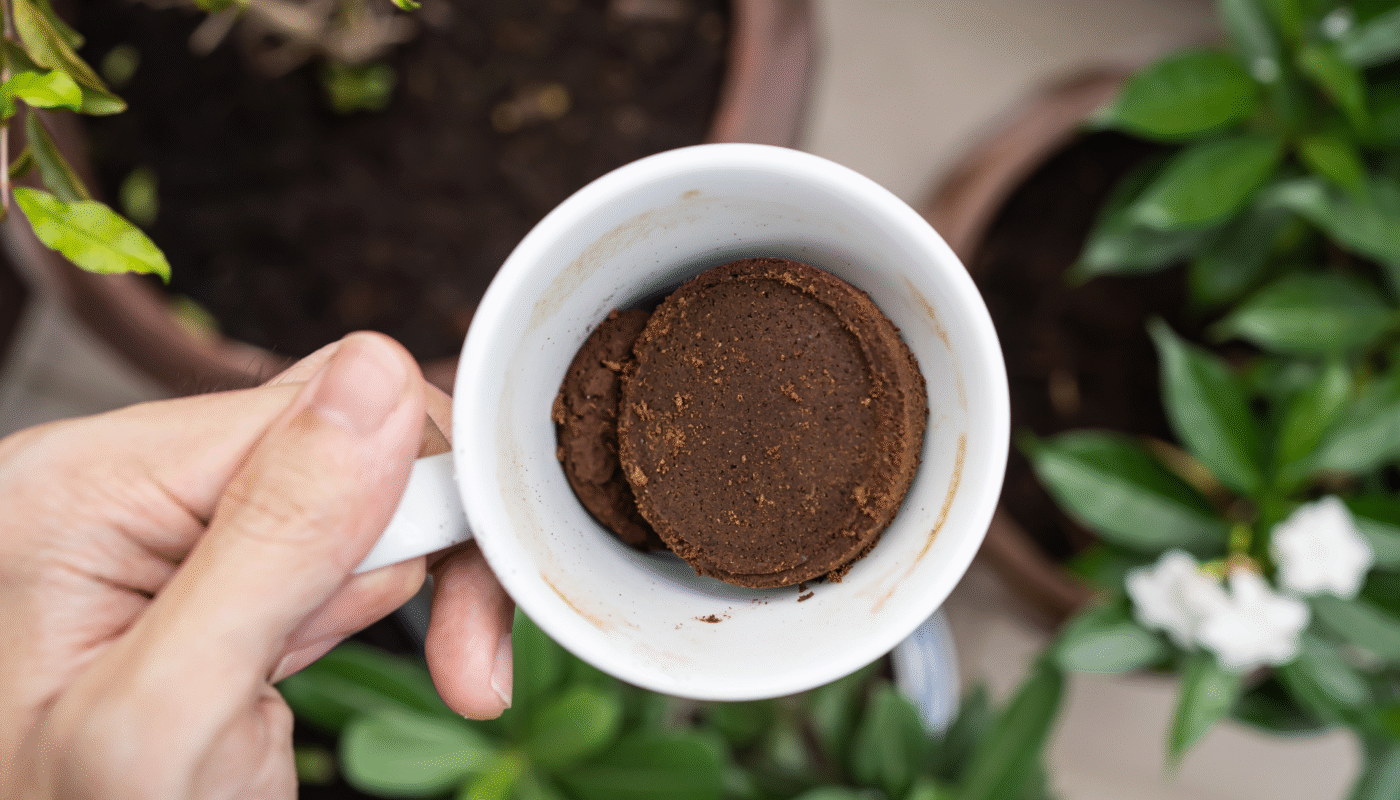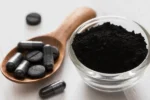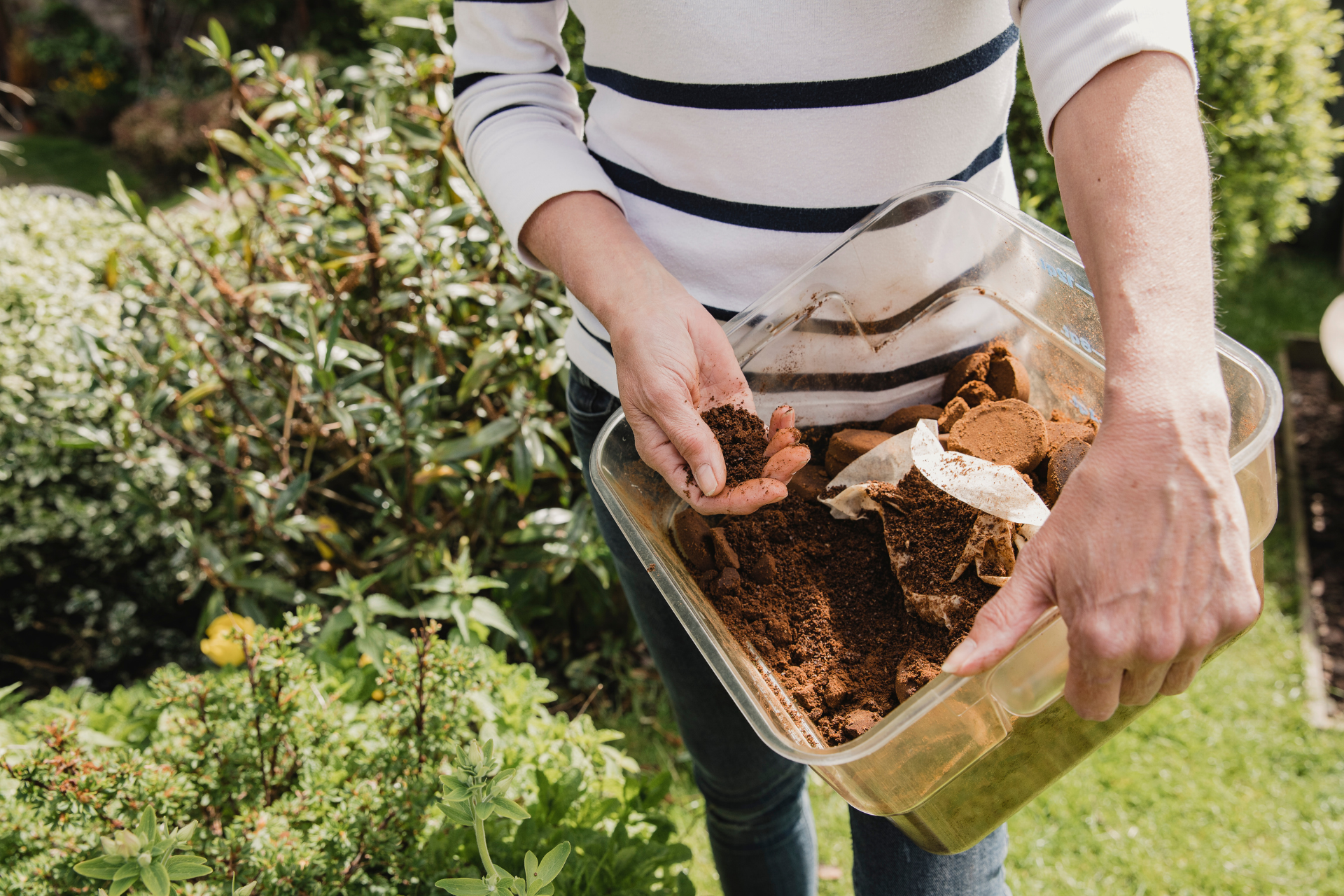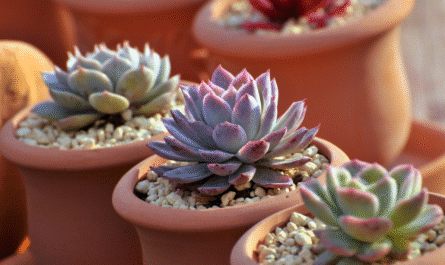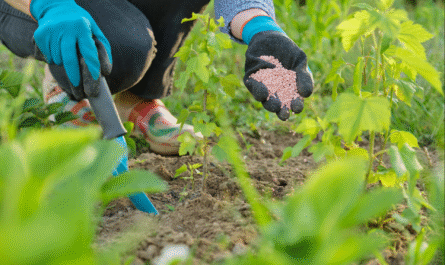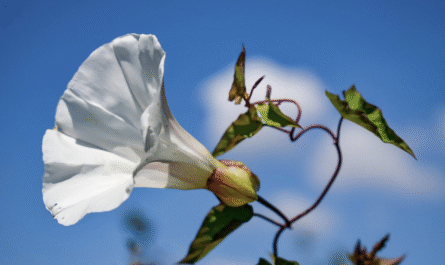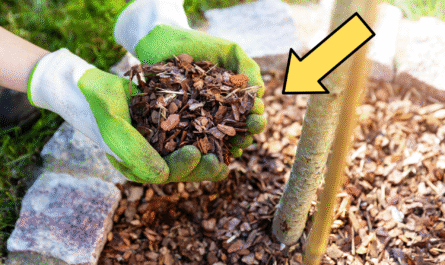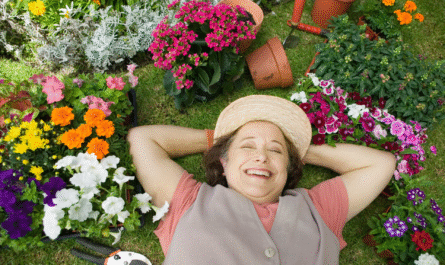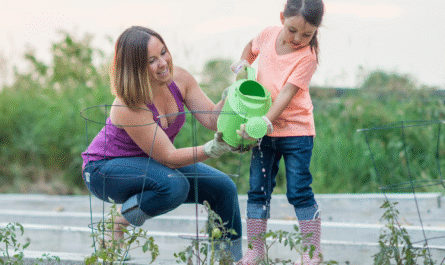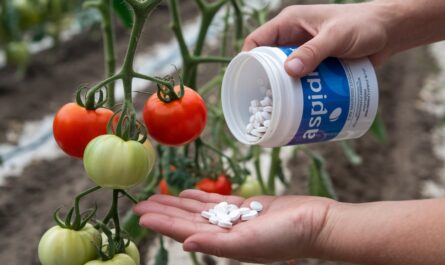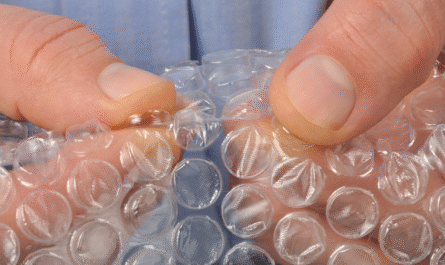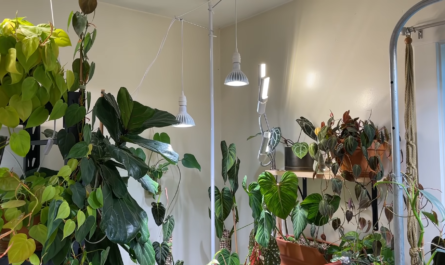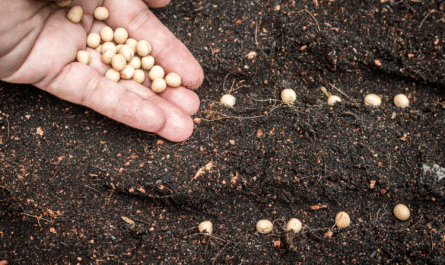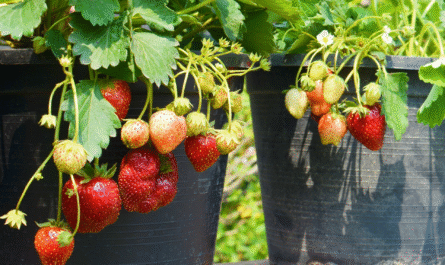As someone who has spent years experimenting with natural ways to nourish soil, I can confidently say that coffee grounds are one of the most overlooked tools in organic gardening.
Most people toss their used coffee grounds in the trash without realizing they’re throwing away a powerhouse of nutrients that can dramatically improve lawn and garden health. But there’s a right way to use them and several wrong ones.
If you misuse coffee grounds, you can compact your soil, repel water, or even harm your plants. I’ll break down how to use them the right way to boost soil health, improve plant growth, and reduce waste.
What is the Nutritional Value of Coffee Grounds?
Used coffee grounds are rich in nitrogen, which is essential for plant growth, particularly in leafy vegetables and grass. But they also contain small amounts of potassium, phosphorus, magnesium, and copper. While not a complete fertilizer on their own, coffee grounds can significantly enhance soil quality when used correctly.
More importantly, coffee grounds improve soil texture and attract beneficial microorganisms and worms. Worms love coffee grounds, and where there are worms, there’s fertile soil.
That said, their acidity is often misunderstood. Once brewed, coffee grounds are closer to neutral (pH between 6.5 and 6.8), so they won’t acidify your soil unless used in massive quantities.
The Right Way to Use Coffee Grounds on Your Lawn
1. Use as a Light Top Dressing
The key here is moderation. I never dump a thick layer of coffee grounds directly onto the lawn. Instead, I mix the grounds with compost or dry organic material like dried leaves or grass clippings in a ratio of about 1:3. Then I scatter the mixture thinly over the grass.
This way, I avoid clumping, which can block airflow and water absorption. The mix gradually breaks down and feeds the lawn.
2. Mix Into a Compost Tea
Another method I use is steeping a few handfuls of coffee grounds in a five-gallon bucket of water for 24-48 hours. The result is a nutrient-rich liquid I apply to the lawn with a watering can or sprayer. It’s a mild boost, but over time it makes a noticeable difference.
3. Aerate First for Best Results
I always aerate the lawn before applying coffee ground mixtures. Aeration helps the nutrients penetrate the soil, reducing runoff and increasing absorption. A core aerator works best.
Also Read: Can You Compost Citrus Peels? Yes, with These 8 Must-Know Tips
Using Coffee Grounds in the Garden
1. Combine with Compost
I never add coffee grounds to the garden as-is. I layer them into my compost bin, ideally in a 1:4 ratio of grounds to other compost materials. This ensures a good balance between nitrogen (green) and carbon (brown) materials.
The composting process neutralizes any caffeine left in the grounds and ensures nutrients are more readily available to plants.
2. Use as Mulch (Carefully)
I’ve seen gardeners mulch with coffee grounds directly. I don’t recommend it unless they’re mixed with other materials. Pure coffee grounds can create a dense barrier that repels water. When mixed with wood chips or straw, they form an excellent mulch that retains moisture and deters pests like slugs.
3. Fertilize Acid-Loving Plants
When I grow acid-loving plants like blueberries, azaleas, and hydrangeas, I do apply coffee grounds more liberally—still mixed, but in slightly higher amounts. These plants thrive with a mild acidic boost.
Common Mistakes to Avoid
1. Applying Grounds Directly and Thickly
Too many gardeners make the mistake of dumping piles of coffee grounds directly onto the soil. This causes compaction, water runoff, and even fungal growth.
2. Not Mixing with Other Materials
Coffee grounds are best used as part of a system, with compost, mulch, or water. On their own, they can do more harm than good.
3. Overusing Seedlings
I avoid using coffee grounds around young seedlings. The grounds can be too intense for tender roots and may stunt early growth.
4. Ignoring Caffeine Content
While brewing removes most caffeine, trace amounts can remain. Too much caffeine in the soil can inhibit plant growth. That’s why I always compost grounds first or mix them well.
Environmental Benefits
Using coffee grounds in your lawn and garden is about more than plant health. It’s about waste reduction and sustainability. Every time I reuse coffee grounds, I keep organic matter out of landfills.
Coffee grounds in landfills release methane, a potent greenhouse gas. By reusing them, I close the loop and contribute to a healthier ecosystem.
I also collect grounds from local coffee shops. Most are more than happy to give them away for free. It keeps their waste bill down and helps me build better soil.
Final Thoughts
Coffee grounds are a hidden gem in lawn and garden care. They’re accessible, free, and full of potential, but only when used correctly. By understanding their properties and integrating them thoughtfully into your composting and fertilizing routines, you can enrich your soil, strengthen your plants, and cut down on waste.
FAQs
Can I store used coffee grounds for later use?
Yes, but dry them out first. Wet grounds can develop mold. I spread them on a baking sheet and air-dried them for a day before storing them in a sealed container.
Are coffee grounds safe for pets in the garden?
Not if ingested. Coffee grounds can be toxic to dogs and cats if eaten. I make sure to mix them into compost or mulch and keep pets out of freshly treated areas.
Do coffee grounds attract pests?
They generally deter pests like slugs and snails, but if left in large, moist clumps, they can attract mold or fungus gnats. That’s another reason I never use them in piles.
Can I use flavored or sweetened coffee grounds?
No. Flavored coffee often contains artificial additives and sugars that aren’t good for the soil or plants. I only use plain, brewed coffee grounds.
How often should I apply coffee grounds?
For lawns, once every month or two during the growing season is sufficient. In gardens, I add grounds to the compost regularly, but apply compost or mulch with grounds once a season.

